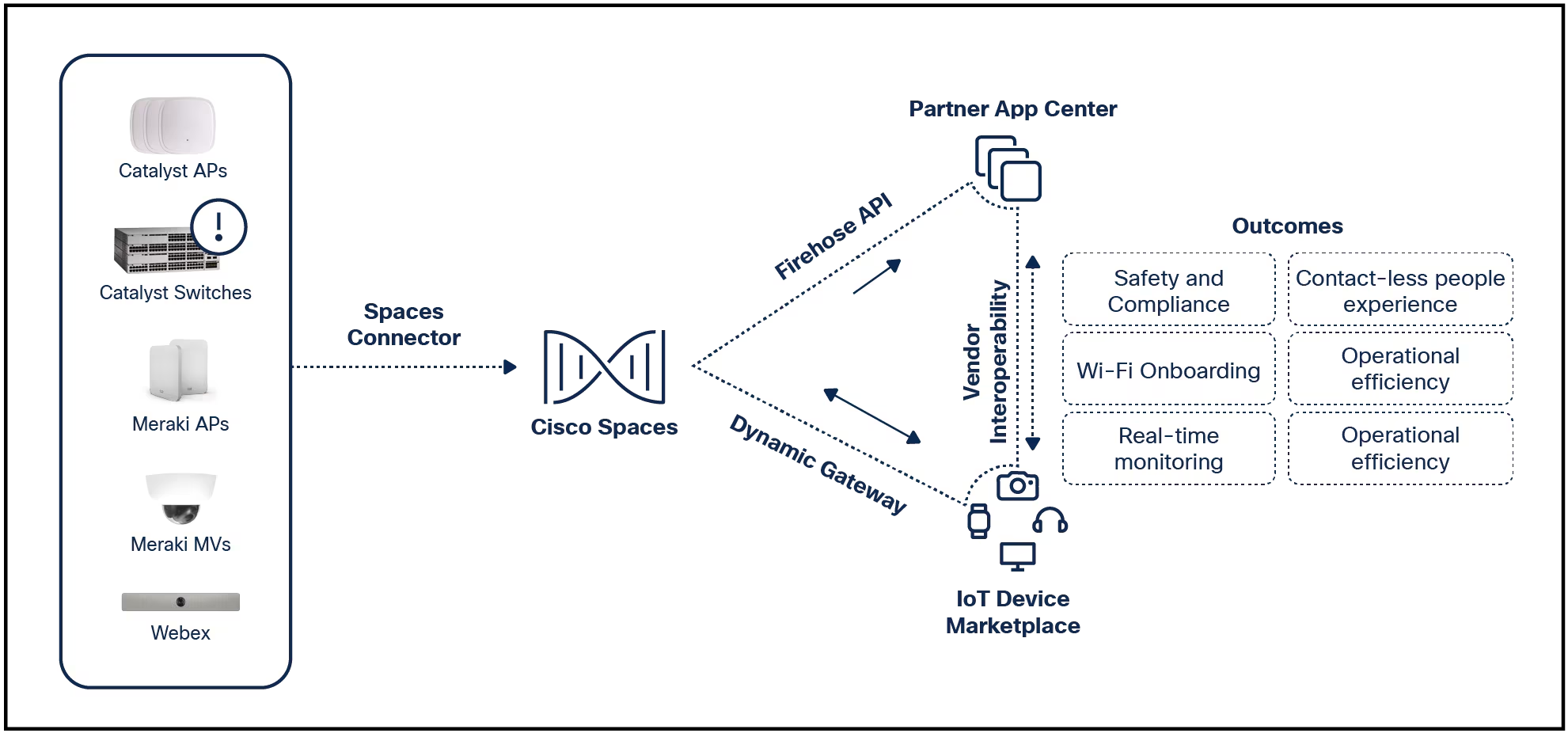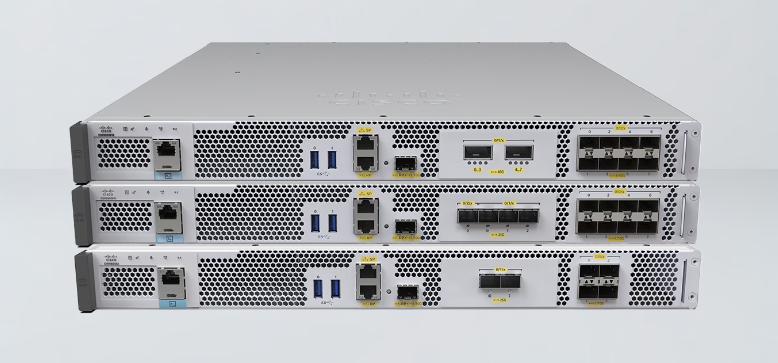































Co-authoredAravindGurudatt Shenoy |Srikumar |by Aravind Srikumar
This blog is part two of a four-part series discussing Cisco's routing and automation strategy, the trends and inflections we see in those areas, and how we are guiding our customers through their digital transformation journeys. See part one here.
Cisco has made significant investments in silicon, systems, software, and architectures to lead the next era of networking. In particular, the Cisco 8000 family of routers developed with Cisco's Silicon One NPUs, enable market-moving transitions such as IP and Optical convergence with the Cisco Routed Optical Networking (RON) architecture. As we look to the horizon, we see several imminent market inflections.
The Web segment is heavily driven by hyperscalers, who have been building massive-scale network infrastructure to keep up with the demand for consumer applications or as-a-service cloud infrastructure. Many of these network buildouts have focused on Frontend (FE) networks, i.e., those facing customers or enterprise users of cloud infrastructure, built with Ethernet-based technologies. In addition, hyperscalers and others have invested in Backend (BE) networks built for storage and high-performance computing (HPC), including AI/ML workloads. These networks have historically been built with non-Ethernet technologies such as InfiniBand.
A critical inflection that we see on the horizon is the growth of Ethernet-based, Web Backend (BE) networks. With the advent of 400G and 800G networking, Ethernet is increasingly viewed as the technology of choice for building AI/ML network clusters. This is primarily due to better cost economics, open standards, and heavy industry-wide investment, which is enabling Ethernet to close the gap with proprietary AI/ML networking technologies.
Hyperscalers favor and actively drive open standards and the disaggregation ecosystem in their quest to build massive, high-performance networks. As a result, leveraging white-box switches and routers built with high-performance silicon and open network OS (NOS), such as Software for Open Networking in the Cloud (SONiC) and Facebook open switching system (FBOSS), is customary.
Cisco 8000 and Cisco Silicon One lead the way with industry-leading bandwidth density, power efficiency, and programmability. Designed for disaggregation, the portfolio enables various consumption models, from silicon-only and whitebox systems running Cisco or 3rd party NOS, to fully integrated Cisco 8000 systems. Additionally, the Cisco 8000 portfolio designed for hyperscaler data centers includes the full complement of 100G, 400G, and 800G systems ranging from 3.2T to 25.6T spanning ToR, MoR, and Spine roles, all capable of running Open NOS including SONiC and FBOSS. This portfolio provides hyperscalers a consistent Ethernet-based portfolio for both Frontend and Backend networks, enabling cost-efficient network operations at scale.
Solutions don't address a point problem. Instead, they build on today's principles to engineer resilient architectures that pre-provision for innovation yet to come. This is possible when the design and implementation strategy is not myopic and is not focused on point products. Building a solution requires a holistic, full-stack approach. Industry-leading Cisco 8000 hardware platforms and systems provide critical competitive differentiation for high-scale and feature-rich use cases that can benefit from Cisco's long-standing market incumbency and technical expertise. These can be MPLS/SR-enabled WAN deployments that employ intricate traffic engineering and service programming requirements or very specific cloud-edge use cases that cater to a diverse end-user segment. However, architectures that require a more plug-and-play operating model with a relatively contained feature set, can benefit the most from Open NOS adoption. Be it supporting concurrent 32K IPv4 & 32K IPv6 VXLAN tunnels or 4K BFD hardware offload on a TOR class system, Cisco Silicon One greatly enhances the capabilities of the OS, allowing for the full potential of software to be realized. Our aim is to support cloud operators and provide the ability to cross-leverage the benefits of open software like SONiC & FBOSS on a fully validated vendor ecosystem.
A recent inflection point with network engineering is how networks are managed and operated. Network systems are now being managed as compute with a single pane of glass orchestration and automation framework. Optimizing AI/ML workloads for scale and sustainability or building the next generation distributed scheduled fabric requires a clear-sighted software investment strategy to sustain these architectures in the long term. Cisco 8000, with its one silicon, one SDK advantage certainly gives it the unique differentiation of being positioned in a myriad of roles within the network without any significant operational uplift. The key focus of our software investment strategy goes beyond feature development. Not only aiming at use case completion but also emphasizing the infrastructure modernization improvements to facilitate the shift in how networks are managed/operated. Be it for IOS-XR or open-source NOSs, we are building components both in the vendor and open NOS ecosystem that enables solution completion. Our underlying operating principle is to "leverage what you can and build what you must."
At its premise, our technology innovations in systems and software have attained great heights because of our partnership with hyperscalers and industry leaders at large. Our core strategy is to continue fostering these long-standing partnerships and set the foundation for exciting future ideas.
Please stay tuned for this series' next deep dive blog, focusing on the metro edge.
 Aravind Srikumar | Cisco Systems-Director, Product Management
Aravind Srikumar | Cisco Systems-Director, Product Management
Aravind heads the Product Management Organization for the Routing/Switching and SONiC/Open NOS portfolio aimed at the Web/Hyperscale segment for Cisco's Mass-scale Infrastructure (MIG) group. His team focuses on defining & developing products that align Cisco's solutions to the ever-evolving needs of the industry & technology.
 Gurudatt Shenoy | Cisco Systems-Vice President, Product Management
Gurudatt Shenoy | Cisco Systems-Vice President, Product Management
Gurudatt is responsible for the Web and Service Provider routing business chartered with delivering industry leading technologies for 5G and Web routing applications.
 Hot Tags :
Cisco Silicon One
Cisco 8000
Hot Tags :
Cisco Silicon One
Cisco 8000